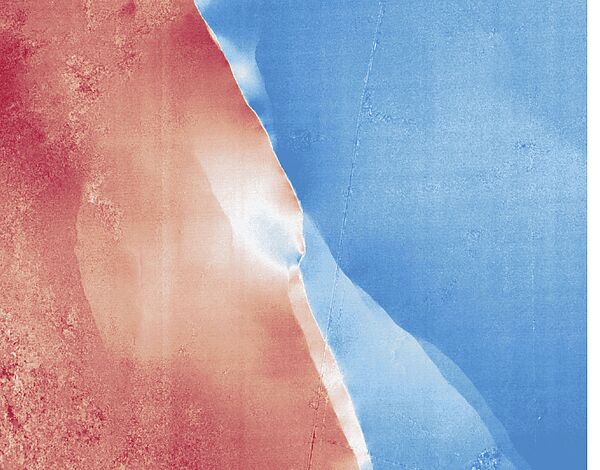Distributed and diffuse surface deformation associated with continental earthquake ruptures, and its relation with the earthquake source process
Earthquake ruptures generally occur on complex fault systems, with the deformation at the surface that distributes over wide areas through secondary faulting and diffuse deformation. As a consequence, the total surface deformation associated with such event is particularly difficult to quantify. Using sub-pixel correlation of 0.5 to 1.6-m resolution optical satellite images, we capture the 3D near-fault displacement field within the fault zone of three major continental earthquakes: the 2013 Mw7.7 Baluchistan (Pakistan), the 2019 Mw6.4 and Mw7.1 Ridgecrest (California), and the 2021 Mw7.4 Maduo (Tibet) earthquakes. For each case of study, we characterize and quantify the localized the patterns of surface deformations, and highlight the important contribution of off-fault, distributed and diffuse deformations. We especially focus on the diffuse pat of the deformation, and address the following questions: What is the origin of the diffuse deformation? What are the mechanisms involved? And what are the controlling parameters? Combining our surface observations with rupture modeling results, we first show that the diffuse deformation corresponds to inelastic yielding of the shallow crust in region of shallow slip deficit (SSD). Using a synthesis of data for earthquake ruptures worldwide, with a focus on continental strike-slip ruptures, we then show that diffuse deformation and SSD occur in greater proportions for smaller magnitude events. Finally, comparing our results with observations from laboratory experiments, we propose that diffuse deformation corresponds to quasi-static microfracturing of the shallow crust occurring in regions less favorable to dynamic fault ruptures (i.e., geometrical complexities, strengthening rheology). In a latter part of this work, as part of an incubation program for the development of a new Earth observation mission, we also assess the impact of optical and topography satellite data type and resolution on the measurement of the earthquake-related surface deformation. We especially look at the impact of different datasets on our ability to resolve the diffuse versus localized nature of the surface deformation. Our results show that sub-meter to meter-resolution resolution data is needed to accurately resolve the surface displacements.
Link to join the seminar: https://bbb.unistra.fr/b/ren-7p1-3om-ihd

